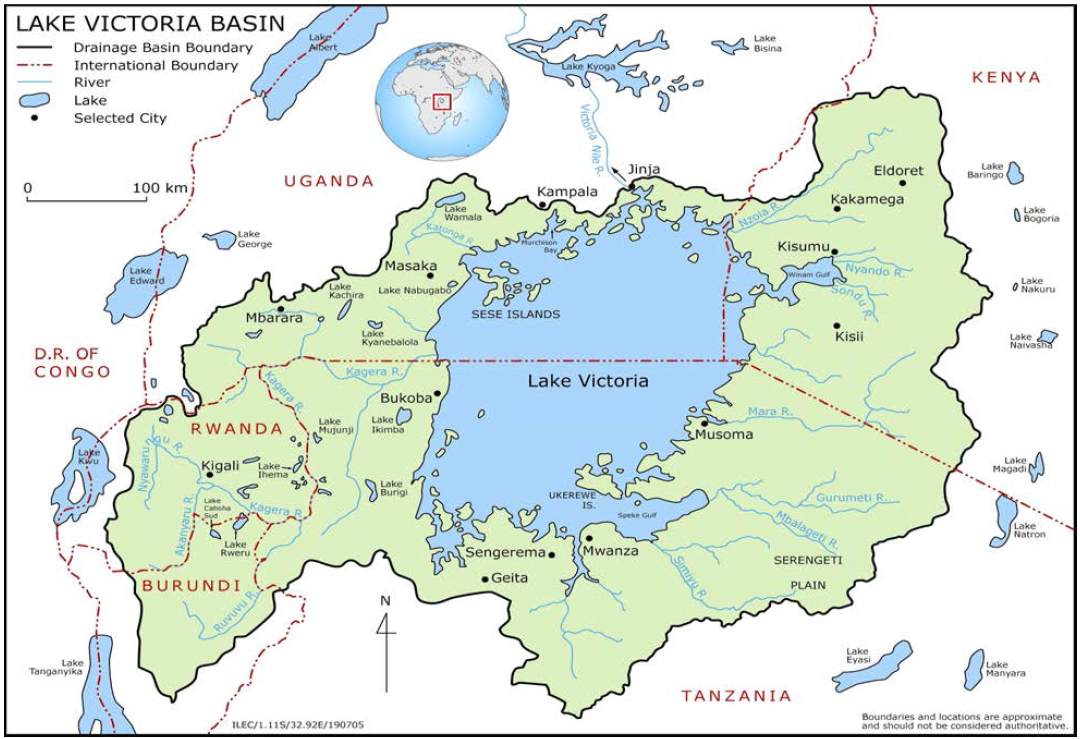unknown
Enhancing Livelihoods of Lake Victoria Fisher Folk through Control of the Predator Nile Perch

Lake Victoria Basin has a population of 40 million, with a population density of 250 people per square kilometre. Lake Victoria is bordered by Uganda, Tanzania and Kenya. It is the main source of food and livelihoods for riparian communities. The predator Nile perch, which was introduced into the lake in 1950 by the British colonial administration, decimated the population of smaller fish, which were traditionally a source of food and livelihoods for lakeside communities. The Nile perch fishery produces one million metric tons of fish for export per year, but economic benefits flow almost exclusively to foreign companies. Due to high demand for Nile perch in the international market, prices have soared beyond the reach of ordinary people. Expansion of capital intensive, industrial level operations in Nile perch harvesting, processing and marketing has resulted in massive transfers of what is a great source of protein away from food deficit areas to serve the lucrative export markets. The involvement of large firms in capture operations has marginalized artisanal fisher folk, forcing them to engage in subsistence agriculture, burning charcoal for sale and selling wood fuel. With the disappearance of significant native fish numbers that feed on algae and detritus, the organic material is left to decay and sink to the lake floor, where its decomposition absorbs the oxygen available for fish living in deeper layers of the lake. In spite of extensive research on Lake Victoria, no action has been taken to restore the native fishery in order to sustain the livelihoods of 40 million people that depend directly or indirectly on the lake. To a large extent research work is externally conceived and financed, and is silent about the plight of riparian communities and the dying lake that serves as their life support system. Towards this end, EPIC, together with its partners, is developing responses that seek to raise awareness on biodiversity and the humanitarian crisis in the Lake Victoria region. These responses aim to promote recovery of threatened endemic fish species and to support local communities in rebuilding their fishing villages by applying both traditional knowledge and modern science. They are also designed to enable farmers in the surrounding watershed to adopt the Vetiver Grass Hedgerows System to control nutrient-loaded runoff, and to develop skills in innovative entrepreneurship. Activities are expected to contribute to restoration of biological diversity and ecosystem function as well as recovery of the native fishery, hence enhancing the livelihoods of lakeside communities. The project will also expand livelihood options to reduce pressure on the fish stock. Keywords: Lake Victoria; Livelihoods; Native fishery; Nile perch; Uganda